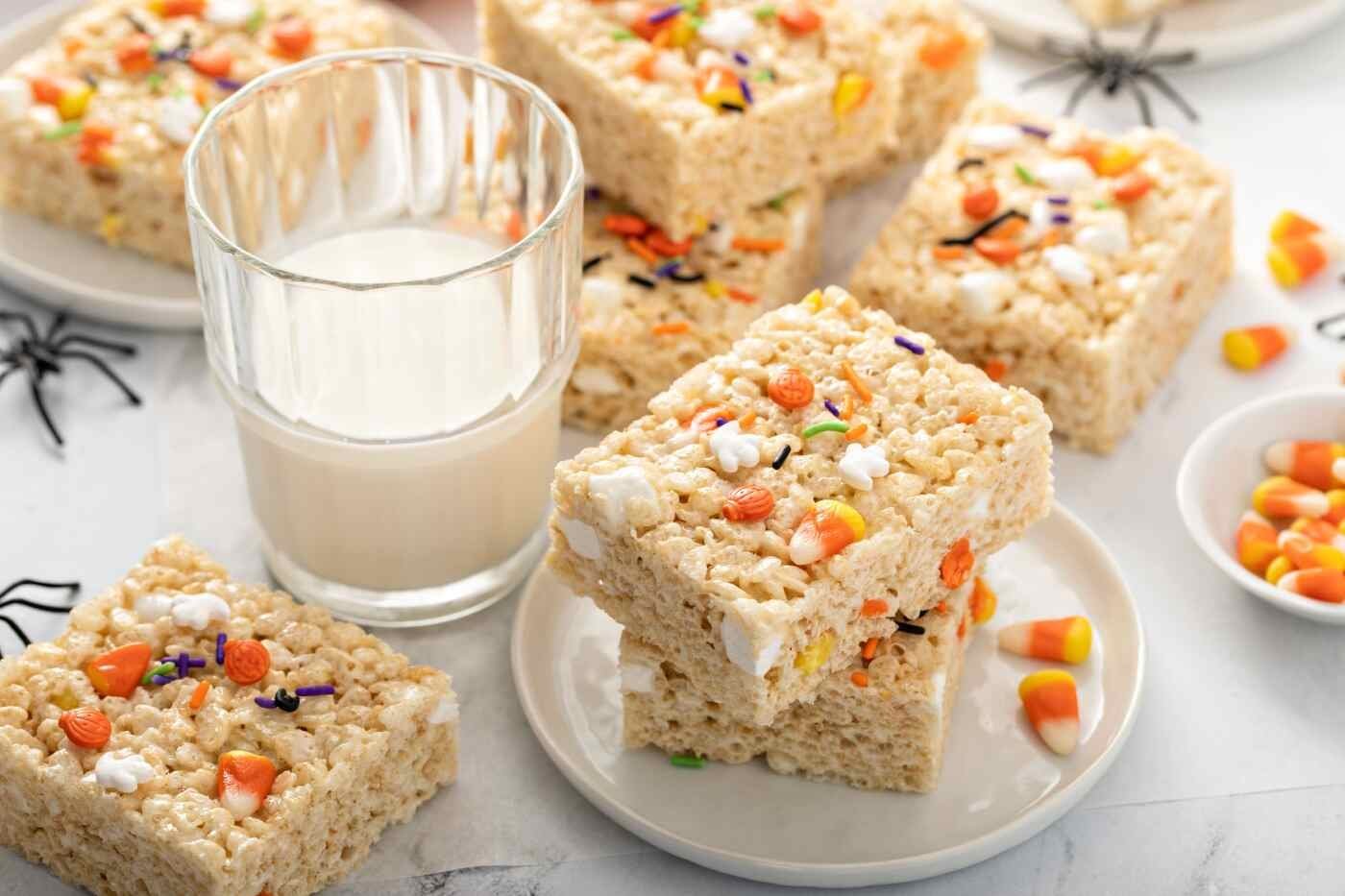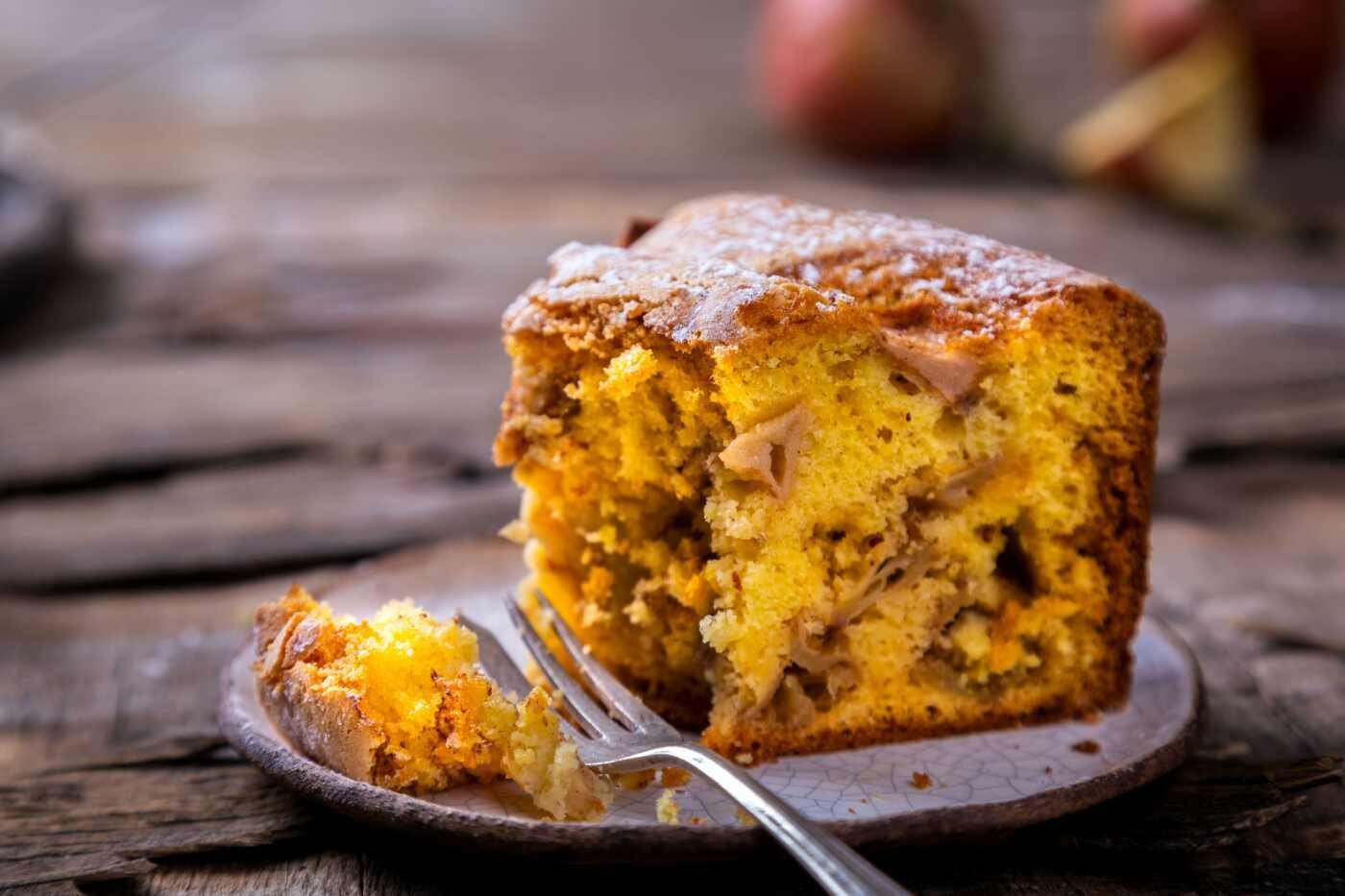Ah, the peanut butter ball. A timeless treat that evokes feelings of childhood nostalgia and pure indulgence. Also known as Buckeyes (referencing their resemblance to the Ohio state nut) or peanut butter truffles, these bite-sized delights are beloved for their simplicity, versatility, and of course, their irresistible combination of creamy peanut butter and rich chocolate.
Furthermore, the beauty of peanut butter balls lies in their ease of preparation. They require minimal ingredients and no baking, making them a perfect activity for bakers of all skill levels. In fact, they’re a fun project to involve the kids in the kitchen!
A Classic Recipe: The Foundation for Deliciousness
Let’s delve into the foundation of this delightful treat: the classic peanut butter ball recipe. Here’s what you’ll need:

- Ingredients:
- 1/2 cup creamy peanut butter (high-quality for best flavor)
- 1/2 cup powdered sugar (or confectioners’ sugar)
- 1/4 cup softened butter (at room temperature)
- Pinch of salt (optional)
- 1/2 teaspoon vanilla extract (optional)
Tip: This recipe yields approximately 20 peanut butter balls. You can easily double or triple the batch for larger gatherings.
- Instructions:
- Creaming the Base: In a medium bowl, using an electric mixer or a good old-fashioned whisk, cream together the peanut butter and softened butter until smooth and well combined.

- Sweetening the Deal: Gradually add the powdered sugar to the peanut butter mixture, beating on low speed until fully incorporated. You can adjust the amount of powdered sugar depending on your desired sweetness and the consistency of the dough.

- Flavor Boost (Optional): If using, stir in a pinch of salt and vanilla extract for an extra layer of flavor.
- Chill Time: Now comes the crucial step: chilling. Cover the dough and refrigerate for at least 30 minutes, or up to an hour. This step is essential as it allows the dough to firm up, making it easier to handle and shape into perfect balls.

- Shaping the Stars: Take out the chilled dough and, using a spoon or a small cookie scoop for consistent size, portion the dough into evenly sized balls. Roll them gently between your palms to form smooth spheres.
Tip: Wetting your hands slightly can help prevent the dough from sticking.
- Ready for Chocolate (Optional): Line a baking sheet with parchment paper. Place the formed peanut butter balls on the baking sheet and refrigerate for another 15-20 minutes to further solidify them before coating them in chocolate (this step is optional, you can enjoy them plain too!).

Table 1: Shelf Life of Peanut Butter Balls
ADVERTISEMENT
| Storage Method | Shelf Life |
|---|---|
| Refrigerator | Up to 1 week |
| Freezer | Up to 3 months |
Variations on a Classic: Exploring Different Flavors
The beauty of peanut butter balls doesn’t stop at the classic recipe. With a little creativity, you can transform them into a variety of delicious treats. Here are some inspirational ideas:
- Chocolate Dipped Delights: Undoubtedly a classic, but you can experiment with different chocolate types like semisweet, milk, or white chocolate.
- Flavorful Mix-Ins: Elevate your peanut butter balls by adding chopped nuts, shredded coconut, or even mini chocolate chips to the dough.
- Nut Butter Extravaganza: Don’t limit yourself to peanut butter! Explore other nut butters like almond butter, cashew butter, or even a combination for a unique twist.
- Healthy Twist: Looking for a healthier option? Try using rolled oats, honey, and dried fruit for a delicious and nutritious energy ball variation.
We’ll delve deeper into these variations and explore specific recipes in a later section. But for now, let your imagination run wild and create your own personalized peanut butter ball masterpieces!
Tips for Making Flawless Peanut Butter Balls
This section equips you with the knowledge to create consistently flawless peanut butter balls.
- Use high-quality ingredients: Fresh peanut butter and room temperature butter ensure a smooth texture.

- Chilling is key: Don’t skip the chilling step! It firms up the dough for easier shaping.
- Taming sticky dough: If your dough is sticky after chilling, add a little powdered sugar or refrigerate it again briefly.

- Wet hands for smooth rolling: Slightly dampen your hands to prevent sticking while shaping the balls.

- Uniformity is key: Use a small cookie scoop for consistent size and shape.
- Parchment paper for the win: Line your baking sheet for easy cleanup.
- Store smart: Keep leftover peanut butter balls in an airtight container in the refrigerator (up to a week) or freezer (up to 3 months).
Table 2: Alternatives to Powdered Sugar
| Sweetener | Notes |
|---|---|
| Honey | Use slightly less honey than powdered sugar due to its sweetness. |
| Maple Syrup | Similar to honey, use a bit less and ensure it’s pure maple syrup for the best flavor. |
| Agave Nectar | Agave nectar is a natural sweetener option. Use the same amount as powdered sugar. |
Remember: When using alternatives to powdered sugar, you might need to adjust the amount based on the consistency of your dough.
Troubleshooting Common Peanut Butter Ball Issues
Even the most seasoned bakers can encounter minor roadblocks. Here’s how to troubleshoot some common peanut butter ball issues:
- Crumbly Dough: This can happen if your peanut butter is a bit dry or if you haven’t creamed the butter and peanut butter together thoroughly. Here’s how to fix it:
- Add a tablespoon of melted butter or milk, a little at a time, until the dough comes together without being sticky.
- Sticky Dough: We already covered solutions for this one in the “Tips” section (refer back to points 2 & 3).
- Chocolate Coating Won’t Stick: There are two main culprits for this:
- Temperature Trouble: Ensure your peanut butter balls are completely chilled and the chocolate is warm but not hot. Hot chocolate can melt the peanut butter, preventing proper adhesion.
- Missing Temper (Optional): For a truly professional-looking chocolate coating, consider tempering your chocolate. This process creates a smooth, shiny finish that hardens beautifully.
- Chocolate Coating Cracks: This can happen if the chocolate cools too quickly. To prevent this:
- Let the chocolate cool slightly before dipping the peanut butter balls.
- Once dipped, tap the bottom of the container gently to release any air bubbles trapped in the chocolate.
Your Peanut Butter Ball Journey Awaits!
With these tips, tricks, and troubleshooting solutions under your belt, you’re well on your way to becoming a peanut butter ball pro! In the next section, we’ll delve into the world of flavor variations, inspiring you to create exciting and delicious twists on this classic treat. So, grab your favorite nut butter, get creative, and embark on your delightful peanut butter ball journey!
Frequently Asked Questions about Peanut Butter Balls
The world of peanut butter balls might spark a few questions. Here are some answers to the most common ones, along with answers to your recent inquiries:
- How long do peanut butter balls last?
Stored in an airtight container in the refrigerator, peanut butter balls can stay fresh for up to a week. - Can I freeze peanut butter balls? Absolutely! Freeze leftover peanut butter balls in an airtight container for up to 3 months for a delicious anytime treat.
- Can I make peanut butter balls without powdered sugar?
Yes! Explore alternatives like honey, maple syrup, or agave nectar (see Table 2: Alternatives to Powdered Sugar for details). - Are peanut butter balls gluten-free? It depends on the ingredients. Choose gluten-free peanut butter and other ingredients to ensure a gluten-free final product.
- Sticky Peanut Butter Balls? A wet dough (runny peanut butter or short chilling) or too much powdered sugar can cause stickiness. Try adding dry ingredients (a tablespoon at a time) or chilling the dough longer.
- Dipping without Tools? No dipping tool? No problem! Use a spoon or two forks to coat the chilled balls in melted chocolate, letting excess drip back into the bowl. Tap gently to remove air bubbles and transfer to a baking sheet lined with parchment paper.
- Calories in Peanut Butter Balls? The exact calorie count varies depending on the recipe, but a typical peanut butter ball can range from 150-200 calories.
ADVERTISEMENT
















